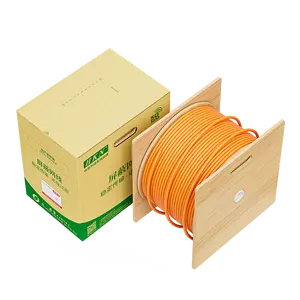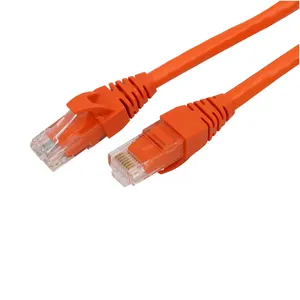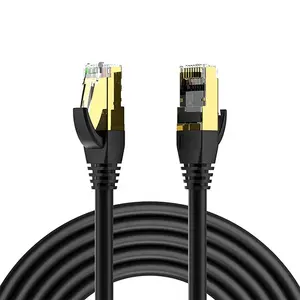Understanding Cat5e Cable
The cat5e cable, standing for Category 5 enhanced, is a pivotal element in modern network infrastructures. Designed to support gigabit network speeds up to 1000 Mbps, this cable facilitates high-speed data transfer with a bandwidth of up to 100MHz. Its enhanced specifications over the standard cat 5 cable ensure reduced crosstalk and interference, making it a reliable choice for various networking requirements.
Composition and Design
A cat5e ethernet cable comprises four twisted pairs of copper wire, which are essential for its functionality. The twisting reduces signal interference, a critical feature distinguishing it from other cables. While similar in appearance to its predecessor, the cat5 v cat6 comparison highlights that cat5e offers improved performance with the same physical structure. The cat5e v cat6 debate often centers on the need for speed versus installation costs, with cat5e emerging as a cost-effective solution for many applications.
Shielding and Transmission
Shielding is a significant aspect of cat5e cable design. Although unshielded variants, known as UTP (Unshielded Twisted Pair), are common, shielding can be integral in environments with high electromagnetic interference. This feature is critical in maintaining the integrity of data transmission, ensuring that the cat5e ethernet cable can deliver optimal performance even in challenging conditions.
Applications and Uses
The versatility of cat5e cable makes it suitable for a wide range of applications. It is commonly used for wiring Ethernet networks, connecting peripheral devices, and facilitating internet and voice services. The cat 5 ethernet cable is also frequently employed in structured cabling for computer networks such as LANs (Local Area Networks) and patch panels. Its ability to handle network speeds makes it a suitable choice for both residential and commercial networking needs.
Advantages of Cat5e
One of the main advantages of cat5e cable is its balance between performance and affordability. While cat5e v cat6 cables are both used in similar environments, cat5e is often preferred for its cost-effectiveness and adequate speed capabilities for most office and home networks. The category 5e ethernet cable also boasts ease of installation and is compatible with a wide range of devices, making it a practical choice for network administrators and DIY enthusiasts alike.
Choosing the Right Cable
When selecting a cat5e cable, it is crucial to consider the specific needs of your network. Factors such as length, shielding, and certification standards should be taken into account. While cat5 cable wiring is standardized, the quality can vary, and choosing a reputable supplier on Alibaba.com can ensure that you receive a product that meets your networking requirements without the risk of substandard performance.











































 浙公网安备 33010002000092号
浙公网安备 33010002000092号 浙B2-20120091-4
浙B2-20120091-4